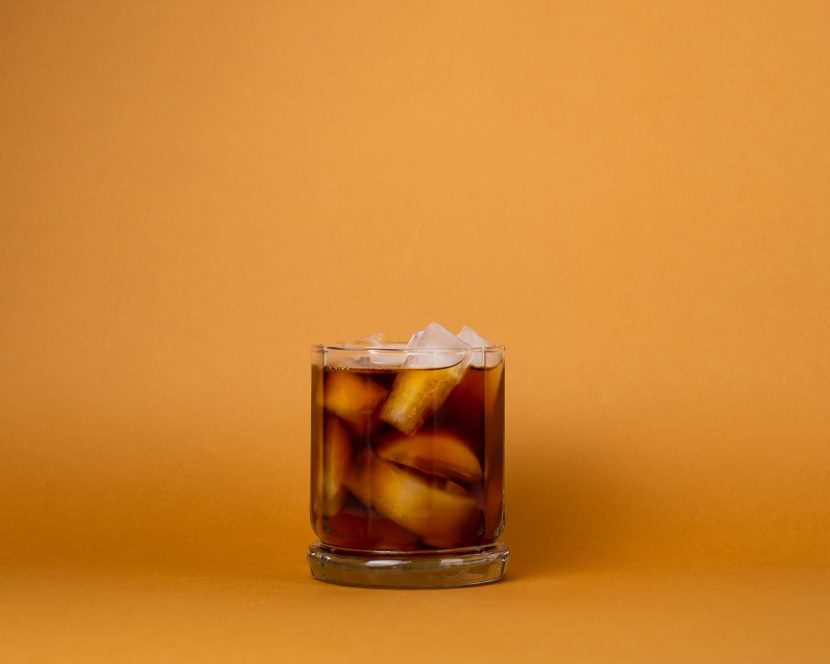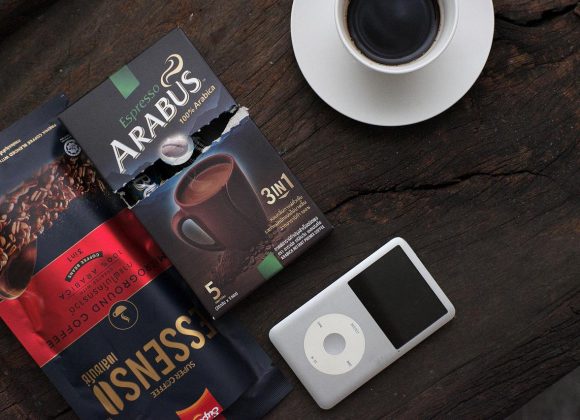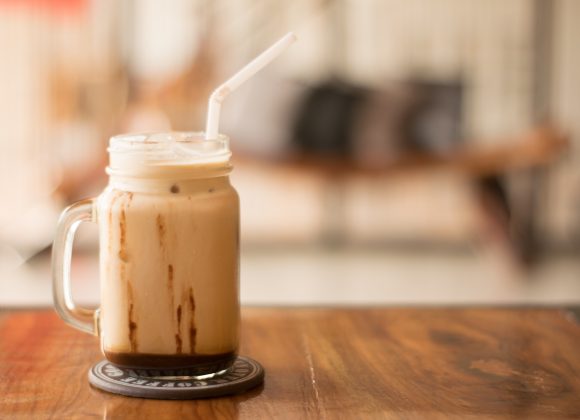In hot tropical countries like Singapore, cold drinks tend to be favoured more by the people. So it is no surprise that cold brew coffee is on the rise and is starting to replace hot coffee as part of the daily routine of Singaporeans.
With its refreshing taste and rich flavour, quality cold brew coffee can easily satisfy your tastebuds and fulfil your caffeine need. But there is so much more you need to know about this ever – so – popular beverage, and today that is exactly what we will be discussing.

What Is Cold Brew Coffee?
Cold brew coffee is coffee made by steeping ground coffee in water for 12 – 24 hours. It is in direct contrast with most coffee brewing methods that use hot water. It is often seen as tastier and smoother than other types of coffee. You often see cold brews being sold in most coffee shops with milk, creamer, and sugar as possible additives.
Differences Between Cold Brew & Iced Coffee
Iced coffee and cold brew coffee are fundamentally different. While cold brew is made by steeping coffee grounds in room temperature water for hours, iced coffee is basically regular hot-brewed coffee that is served with ice.
The main issue with iced coffee is that the melting ice will dilute the flavour of your coffee. This will result in a weak – tasting drink. On the other hand, cold brew coffee’s strength can be easily adjusted by changing the water-coffee ratio. They don’t have an issue with dilution since no ice is needed for a cool glass of cold brew; simply chill it for a while beforehand.
That is why cold brew coffee is overtaking iced coffee as the most popular cold coffee beverage among coffee aficionados.
How To Make Cold Brew Coffee
Cold brewing coffee is one of the easiest ways to make coffee (it just takes some time). All you need to do is grab a container (jar, pitcher, pot, etc) before then pouring in water and ground coffee. You can use any type of water and coffee, but we highly recommend Arabica coffee grounds and filtered water.
Always remember to note down your ratios before making your first batch of cold brews so that each batch will taste the same. The water to coffee ratio is often between 4:1 and 10:1; the lower the ratio, the stronger the brew.
After pouring in the water and ground coffee, tightly cover the container and place it on the countertop for 12 to 24 hours. The brewing time greatly affects the flavour and caffeine content, so a little trial – and – error might be needed to know your preferences. Once done you can filter the concentrate for impurities, let it chill in the fridge, and serve with ice.
FAQ
Best Way To Consume Cold Brew?
Cold brew coffee is best served as an iced beverage, but you can also heat it up for rainy days. Like any other coffee, cream and sugar are the best pairings for cold brews. You can also use cold brew coffee for baking or cooking!
How To Store Them?
Since they are cold drinks, cold brew coffee is best stored in airtight containers and placed in refrigerators. Cold brew coffee that you make at home or buy from brands that do not use preservatives can be kept in the fridge for up to 2 weeks. On the flip side, cold brew coffee that can be purchased in grocery stores could last for much longer in the fridge; just make sure to check the ‘best before’ date.
Can Cold Brew Be Heated Up?
Absolutely! You can easily use a microwave or saucepan and stove to heat cold brew coffee. The heat won’t change the flavour, texture, or acidity of your beverage which means you can always have a nice and warm cold brew to drink on cold days.
How High Is Cold Brew’s Caffeine Content?
Cold brews generally have a higher caffeine content than espressos or other coffees. This is mainly due to its lower water – coffee ratio.
Can Those With Stomach Problems Drink Cold Brew Coffee?
Good news for everyone with digestive issues: cold brew coffee has very little acidic content. This is in stark contrast with most coffee beverages that tend to aggravate stomach problems. So if you like coffee but don’t want your stomach acting up, simply go for a cold brew!





